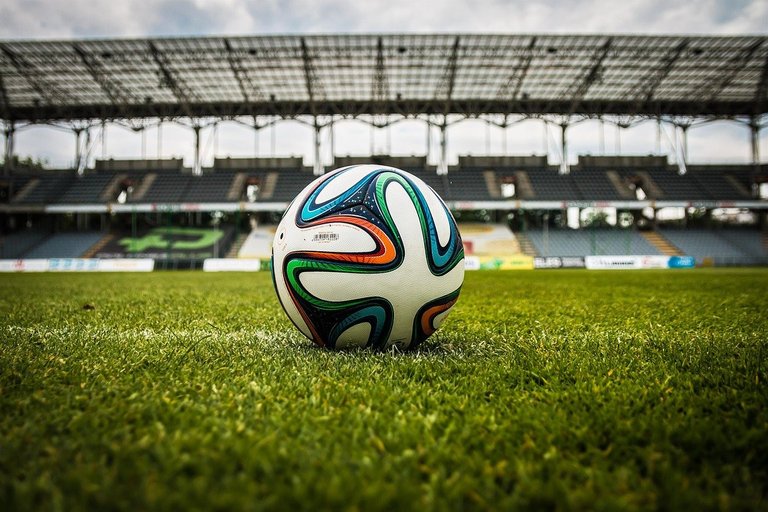Technology and Sports - The Frustration of VAR

Technology in spectator sports is continuing to change the dynamics of games, especially those that are refereed by humans. It’s a tough time for officials in any game and the backlash they receive for questionable reasoning is intense. Reactions from players, fans and everyone else involved are to be expected where the outcome of a match can be dictated by these rules and regulations that are down to a smaller team of people to enforce. Football (or soccer) is a game that has slowly but surely been turning towards technology to enhance performance and management of matches. Teams kicking a ball and following rules as they have done for decades upon decades finally introduced the Video Assistant Referee back in 2018. Since then, the technology has been used a number of times to provide video evidence from numerous angles to help give referees an alternate view of action on the field should a situation arise.
Football is a fast paced game and perspective matters very much. This is not a game of FIFA on your favourite console, decision making based on a referee’s understanding of incidents will tip penalties either way. I have watched football for many years and while the idea of VAR seemed to be a perfect addition to the game, it’s clear that its implementation needs to be reviewed. Decisions are not made by a single official, there is team on the field and also behind the scenes of VAR. It’s a complex process but sadly it leaves spectators even more confused when a review is called, breaking play for even greater lengths. Once upon a time I had entertained the idea that erroneous decisions would reduce, perhaps even diminish entirely. This hasn’t been the case, it’s been filled with great controversy. It leaves fans confused and sometimes outraged, inconsistency and lack of transparency during the process are just some of the complaints of VAR.
Just today during the English Premiere League game, Giovani Lo Celso (Tottenham Hotspurs) was caught on camera as he stood on the shin of Cesar Azpilicueta (Chelsea). While general consensus saw this as a red card, it was down to a smaller human party to decide. Mistakes were made once again and many would question why even have the assistive video system if it still can’t prevent such decisions. Even the VAR team admitted it was a mistake.
While I believe VAR is a great asset to the game, more needs to be done. Video evidence is not enough when making decisions as we evidently see across various incidents in the world of football. Investment into a better protocol is required to support officials into making better decisions. I would hope to see better GPS systems that track the actions and movements of everything on the pitch including officials and the ball. Software analysis has come a long way and it would serve the footballing word tremendously. Players would also be mindful of their actions on the pitch as constant data would be collected in addition to VAR, allowing a huge data mining operation to begin. AI, machine learning and a speedy response time would allow a system to recommend a decision. Intent may be hard for a computer to discern right now but it can at least present an unbiased view to the officials.
With incidents in a databank, an instant recommendation to review and compare decisions of matching historic incidents could be presented swiftly on a dashboard to encourage consistent decisions across matches. All this data could allow for better simulations, replays and analysis to be shown to the wider audience for transparency. Football has a long way to go before it realises greater value in technology assisted match assistance.
https://en.wikipedia.org/wiki/Video_assistant_referee
https://www.espn.com/soccer/english-premier-league/story/4057444/chelsea-tottenham-var-farce-over-lo-celsos-clash-with-azpilicueta-overshadows-girouds-big-moment
